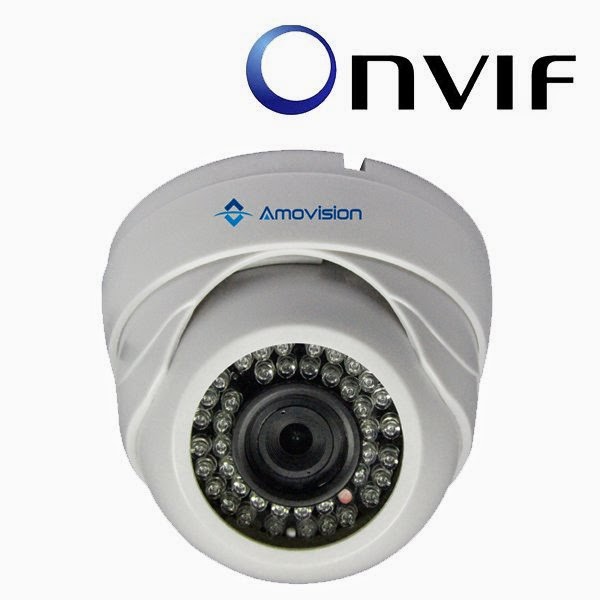What is an IP Camera?
An IP camera, often also called a
network camera, can be described as a camera and computer combined in one unit.
The main components of a network camera include a lens, an image sensor, one or
several processors, and memory. The processors are used for image processing,
compression, video analysis and networking functionalities. The memory is used
for storing the network camera’s firmware (computer program) and for local
recording of video sequences.
Like a computer, the network camera has
its own IP address, is connected directly to a network and can be placed
wherever there is a network connection. This differs from a web camera, which
can only operate when it is connected to a personal computer (PC) An IP camera
provides web server, FTP (File Transfer Protocol), and e-mail functionalities,
and includes many other IP network and security protocols.
Why choose an IP
Camera over a standard camera?
An IP
Camera allows you to view images on your local computer and from remote
locations without needing a dedicated Observation System or DVR. These cameras
are easy to install and configure, and can be located anywhere that a network
cable can be run.
Also the images are digitally processed
by the IP camera whereas analogue transmits the raw analogue video signal to
the DVR where it is processed into a digital form. IP cameras usually have a
much higher image quality as a result.
How Does an IP Surveillance System Work?
IP Surveillance System
Components
For the purpose of this blog we will be
focusing on IP Camera solutions for home owners. These are simplified systems
which utilize a Network Video Recorder( NVR) , Cameras , Monitor and Cat 5
ethernet cabling.
Onvif Compliancy !!!!!!!!!!!!
The most important thing in considering
an NVR or IP surveillance system is if it is Onvif compliant. ONVIF is an open industry forum for the development of a global
standard for the interface of IP-based physical security products. The
ONVIF specification will ensure interoperability between products regardless of
manufacturer.
·
Increased
flexibility and greater freedom of choice.
The standard enables end users to select interoperable products from a variety of different brands that comply with the ONVIF standard
The standard enables end users to select interoperable products from a variety of different brands that comply with the ONVIF standard
·
Future-proof
systems and more secure investments.
The standard will ensure that interoperable products are available from a large variety of vendors, no matter how the market develops
The standard will ensure that interoperable products are available from a large variety of vendors, no matter how the market develops
·
Reduced
total cost of ownership.
Interoperable products result in less integration costs, and enable end-users to choose the most suitable combination of IP-based physical security products for their specific needs, regardless of vendor.
Interoperable products result in less integration costs, and enable end-users to choose the most suitable combination of IP-based physical security products for their specific needs, regardless of vendor.


No comments:
Post a Comment